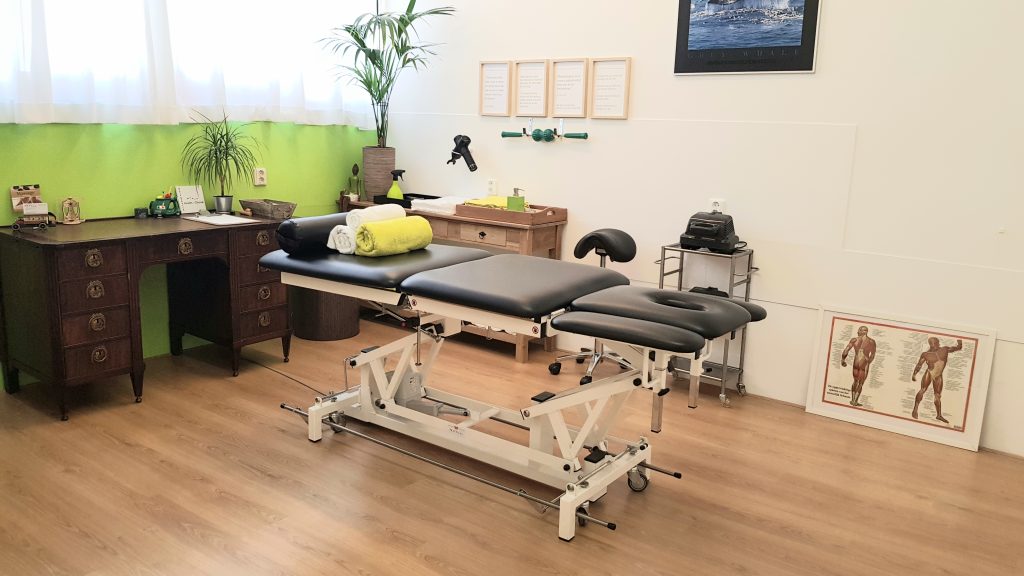The prime purpose of massage is to improve the neurological connections by alleviating the stress and tension built up in the body’s soft tissue during physical work or activity or due to emotional stress and to reduce the metabolic build-up. Where minor injuries and lesions occur, due to overexertion and/or overuse, massage can break them down quickly and effectively and bring mobility and stability back.
A constant build-up of tension in the muscles from regular sport activity as well as from bad posture, emotional states and work pressure leads to stresses on joints, ligaments, tendons, muscles and connective tissue, therefore causes restricted range of motion, chronic pain and metabolic build-up.
These muscle imbalances often go undiagnosed until they are serious enough to cause severe discomfort or physical performance limitations for sports and especially daily activities.
What is it?
Depending on your physical condition, complaints or activities, different massage techniques (Sports-, Trigger Point- and Deep Tissue massage) can be applied and combined for a maximum personalised result.

What are the positive effects of massage therapy:
Regular massage enables you to cope better and in an easier way with your daily routines at work or at home and helps you to maintain a healthy physical state.
- Reduce excess muscle and mental tension: drains away fatigue
- Alliviate musculair pain, eliminates and drains liquids
- Improves performance
- Allows faster recovery from intense workouts, sport events or competitions
- Reduces risk of injury or accelerates recovery from injuries
- Improves full range of motion in muscles and joints and increases mobility
- Improves circulation and lymphatic flow
- Takes away pain complaints or at least reduces them
- Improves postural and general body awareness
- Improves overall condition and stability
- Promote deeper and longer sleep
- Reduces stress
… and in particular it provides deep relaxation and a better mood.
Specifically massage therapy can help with pain and dysfunction associated with for example:
- Rotator cuff / shoulder / neck muscles
- Work related posture, Thoracic outlet syndrome
- Lower back pain
- Piriformis syndrome and associated Sciatic type pain
- ITB syndrome
